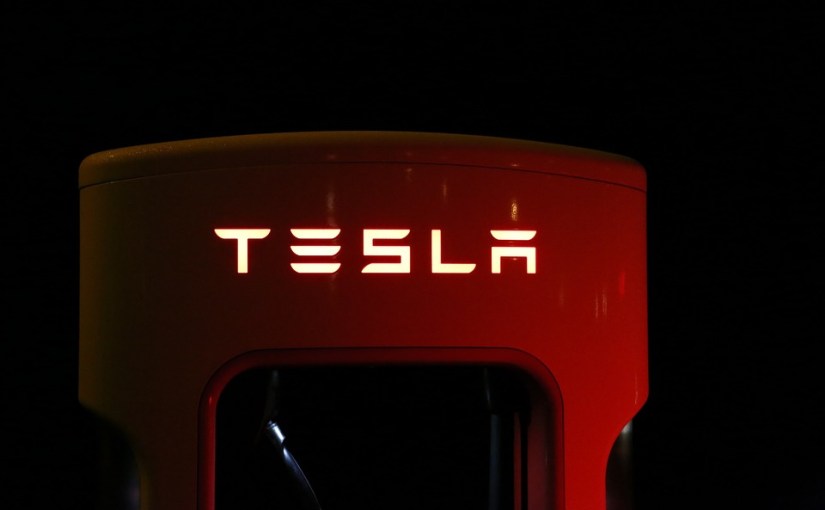Posted on January 15, 2019 at 2:30 PM
Tesla Promises to Give their Model 3 to Whoever can Hack it First
Tesla is known for having a long history of working with white hat hackers in order to improve the systems of the company’s electric cars. There were numerous bug bounty programs to date, with the company offering as much as $15,000 for some of the more serious bugs.
As long as your work complies with our bug bounty policy, Tesla will not void your warranty if you hack our software https://t.co/HhibE1UpRC https://t.co/NIISSrrViD
— Tesla (@Tesla) September 5, 2018
According to their new announcement, however, it appears that the company is ready to go one step further. According to recent reports, Tesla will be joining Trend Micro’s Zero Day Initiative scheduled to be held in Vancouver in March 2019. During the occasion, the carmaker will participate in a hacking event called Pwn2Own, where one white hat hacker will be rewarded with an actual Tesla Model 3 if they manage to break into the car’s systems.
As part of the announcement, Tesla’s Vice President of Vehicle Software, David Lau, stated that the company aims to create cars with the highest standards when it comes to safety. Because of this, they deeply cherish their collaboration with security research community. This collaboration has been ongoing ever since their bug bounty program of 2014. He added that the company is looking forward to the event, hoping to see whether or not someone can hack the vehicle.
The insight will undoubtedly be invaluable to the company, as they will be able to discover new potential weaknesses, and improve upon them. The company already seemingly has some potential weak points in mind, as the Pwn2Own website proposes which parts of the car participants should try to hack.
Contestants are expected to try and break into the vehicle from their own devices by using codes, malware, or hacking. If they can gain control of the Model 3 systems, they will be allowed to take the car home.
Apart from Tesla’s Model 3, hackers will also have the chance to try and crack Microsoft Office 365, Oracle VirtualBox, Google Chrome, and other products.
Why is this important?
Hackers have often been criticized for exposing vulnerabilities in Tesla cars, as sometimes fail to realize that this is a good thing, and a valuable opportunity for the company to improve its systems. Every vulnerability that gets discovered by white hat hackers is extremely important, as it will prevent black hat hackers from exploiting them for criminal purposes.
One example of this was a 2016 remote hack of Tesla Model S, performed by Chinese white hat hackers. Hackers managed to gain control of the car through a malicious Wi-Fi, which was the first ever remote hack of a Tesla car. Hackers did publish the information about the flaw, but not before they reported their findings to Tesla itself, giving the company time to patch the flaw.
Gaining access to the cars’ systems can have very large consequences, as hackers can use the access for uploading malicious software and disrupting the vehicle. The danger is even bigger due to efforts to perfect self-driving cars, which depend on the vehicle’s ability to operate without being disrupted.
Even Elon Musk himself expressed concerns regarding the hacking attacks that might target self-driving cars, although he still believes that Tesla is successfully addressing the problems. Musk has also recently announced that the company plans to discontinue two other versions — Models S and X.









